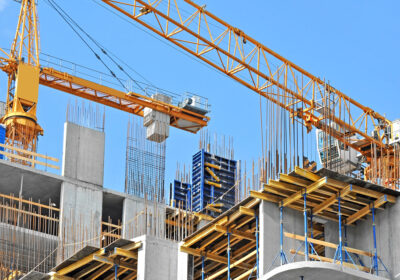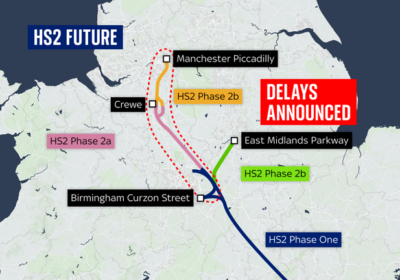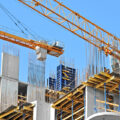As a Spurs fan, one of the exciting things about 2019 was finally getting to watch a match in Spurs’ new stadium. There is nothing easy about stadium developments in complex urban environments and Tottenham’s experience didn’t buck the trend.
Like most infrastructure proposals, stadium construction can be plagued by cost overruns, delays and tricky local and national politics. Tottenham’s experience was no exception and the size of the eventual cheque, at around £1 billion, may deter others in the future from following Spurs’ path.
Yet despite the spiraling costs, unsettling delays and arguably effect it had on the team’s performance, the eventual completion must be considered a resounding success and an example to other clubs wishing to embark on such a course.
Spurs got three things right. First, Tottenham got the Council on board early. Spurs made a very public showing of being interested in the Olympic stadium. This had the desired effect, driving Haringey Council into their arms.
In 2012, Haringey, the GLA and Spurs signed a joint statement copper bottoming a partnership to invest and regenerate in the local area. Whilst the statement wasn’t legally binding, it came with cash. Haringey ear marked £8million and the GLA another £18 million to invest in land acquisition and public realm improvements, helping Spurs on their way with upfront capital investment.
Local politics is fickle. What started as a strong partnership ended in acrimony. However, by the time recriminations started, Spurs had got enough from the relationship to ensure the project had planning certainty. Their sense of timing and maximization of advantage when the political cycle aligned enabled them to march forward.
Secondly, the club has proved an astute land buyer. They took control of their own destiny and were willing to take on significant upfront land and development risk early on. The club acquired properties across the area which not only helped them deliver the stadium but also gave them a platform, sometimes controversially, in the future vision of the area.
Unlike clubs such as AFC Wimbledon, QPR and Chelsea, Spurs were able to avoid becoming overly reliant on third parties. Complexities around land ransoms, swaps and Section 106 payments have all put significant strain on these other club’s plans. Spurs were able to buy up or circumnavigate problems which could have taken decades to unlock if not proactively managed.
Thirdly, Spurs has benefited from strong corporate leadership. Like him or loathe him, Daniel Levy has first rate commercial acumen. To offset the costs, Spurs succeeded in securing an unprecedented ten-year NFL deal. The deal nets the club a hosting fee, food and drink income and merchandise sales, all of which brings millions for each game played at the stadium. This is on top of its hospitality income and general sponsorship.
Moreover, under Levy’s leadership, Spurs were able to piece together a very solid debt platform to finance delivery with an initial £400m syndicated across Merrill Lynch, Goldman Sachs and HSBC. When the project got into difficulties, they were able to call up another £237m to see the project through.
Getting thing done in London’s complex urban environment requires leadership, commercial astuteness and the ability to orchestrate a whole range of moving parts from the worlds of politics, property and commerce. The story of how Spurs got their new stadium is a case study in all this and more.










